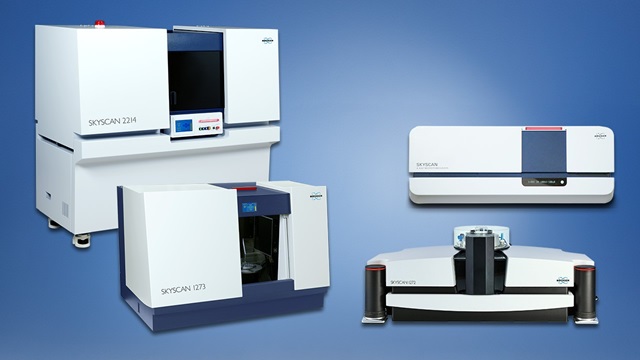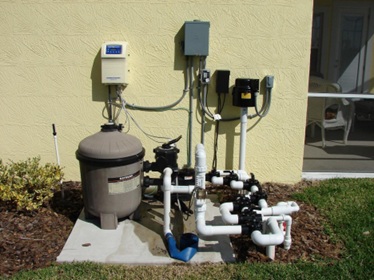
Key Applications of X-Ray Diffraction Testing
Advanced testing like X-Ray Diffraction (XRD) gives scientists the ability to determine the exact composition of the products they produce and materials they work with. Being able to understand exactly what is in a sample is one of the ways that laboratory scientists help keep us safe in life. These advanced tests are utilized across a number of different disciplines. The sophisticated testing protocols are used in the fields of chemistry, materials science, geology, engineering and pharmaceuticals. X-Ray Diffraction was first discovered by Max von Laue in 1912 at the University of Munich’s Institute of Theoretical Physics. In 2014, he won a Nobel Prize for his discovery.
To perform X-Ray Diffraction testing, scientists and technicians in an XRD laboratory first grind a small part of the sample into a finely powdered form. From there, XRD can be used to analyze the exact crystal structure of the sample. As part of the test, X-rays are diffracted by the specific mix of atoms present in the sample being tested. The unique diffraction patterns provide precise information about how the atoms of the crystalline structure are arranged. Measuring the distinct intensities and the specific angles of the X-rays scattered during the testing reveals the exact crystalline composition of the material.
Using XRD Testing in Environmental Studies
X-Ray Diffraction can be useful when scientists are trying to identify the exact proportions of various minerals present in a sample. XRD testing can be used to analyze soil from areas that have been damaged from acid mine drainage. This testing will show exactly what small-grained precipitates and secondary minerals are present.
Harmful acid discharge can occur near mines when iron sulfide minerals, like pyrite, begin to show signs of weathering. When the sulfide-based minerals are altered, they form secondary minerals or elements that can go into solution. XRD helps identify the properties of the minerals, and can provide insights into their solubility too.
XRD Application in the Pharmaceutical Industry
Pharmaceutical companies use X-Ray Diffraction as part of the process of developing new drugs. These testing protocols are used to accurately identify the exact components and minerals that are found in a drug. XRD is also key to assuring quality control during all phases of the manufacturing process.
Being able to do in-depth tests at all stages of product development and productions is extremely valuable to pharmaceutical companies. XRD provides key information that lets the companies improve product formulas and increase the stability of each of their drugs across different environmental conditions.
Identifying Potential Coal Bed Deposits
Geologists can use XRD to find out important information about coal beds by analyzing and testing the variation and composition of the minerals that are found within the coal beds. XRD also gives them data on specific elements found within a coal deposit.
When geologists do a detailed review of the results of XRD analyses, they get a clear picture of the original formation of the coal bed. This has allowed them to build a correlation model that lets them compare Western coal deposits with rich deposits originally discovered in the Appalachian region.






